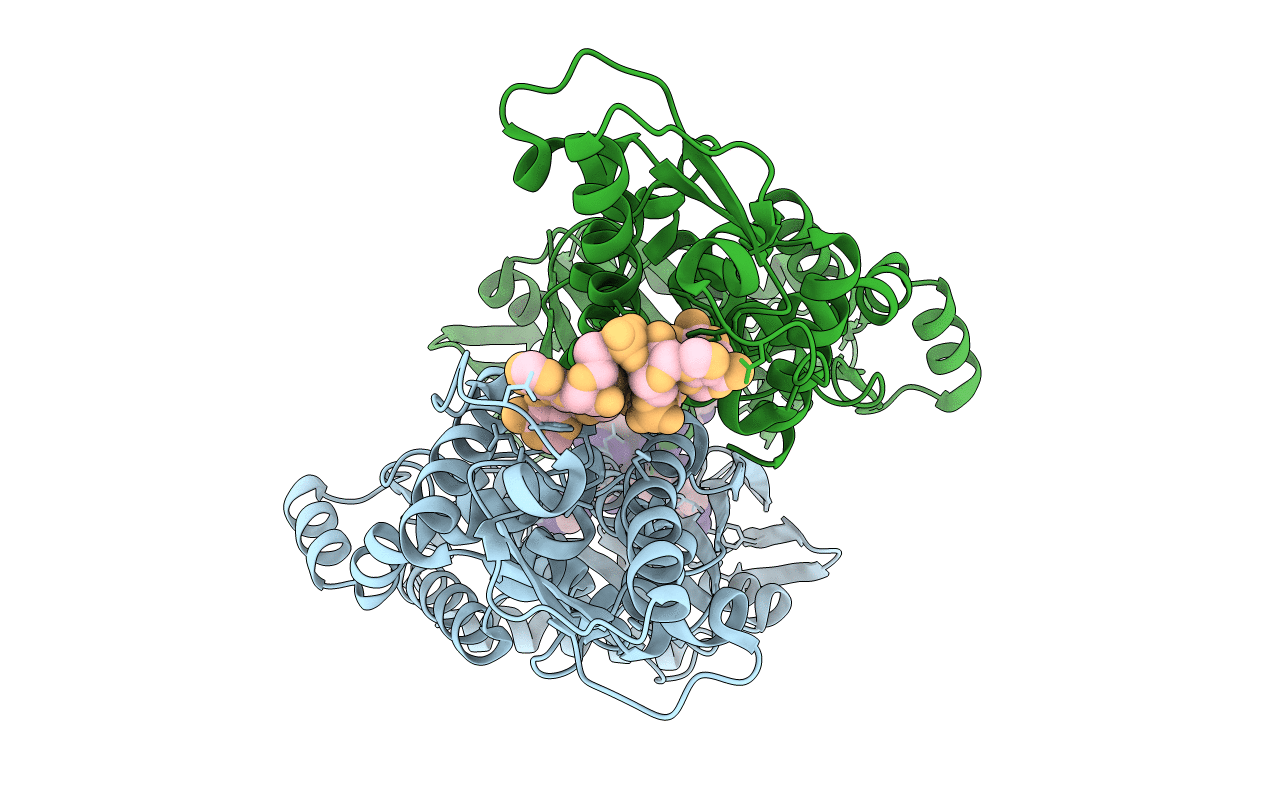
Deposition Date
2019-03-07
Release Date
2019-07-31
Last Version Date
2024-03-13
Entry Detail
PDB ID:
6O6X
Keywords:
Title:
Crystal structure of Csm6 W14A/E337A mutant in complex with cA4 by cocrystallization
Biological Source:
Source Organism:
Thermococcus onnurineus (strain NA1) (Taxon ID: 342948)
synthetic construct (Taxon ID: 32630)
synthetic construct (Taxon ID: 32630)
Host Organism:
Method Details:
Experimental Method:
Resolution:
2.11 Å
R-Value Free:
0.24
R-Value Work:
0.20
R-Value Observed:
0.20
Space Group:
P 21 21 21


